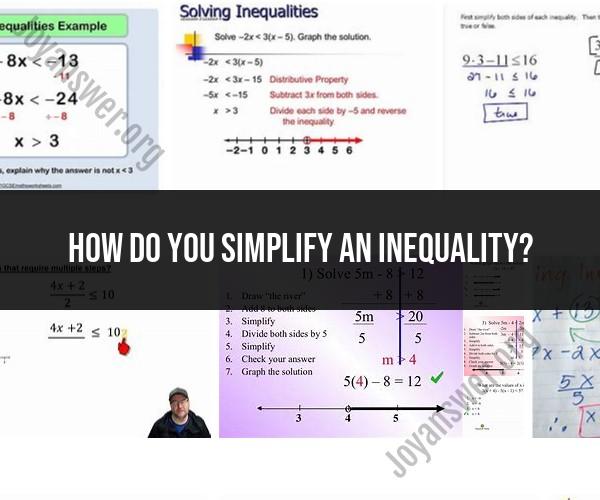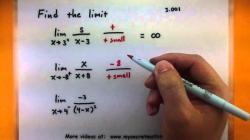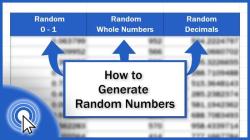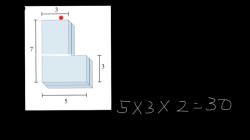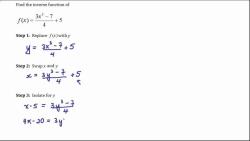How do you simplify an inequality?
Simplifying inequalities is an important step in solving and understanding mathematical problems involving inequalities. Here are the basic steps to simplify an inequality:
Combine Like Terms: If the inequality contains multiple terms, start by combining like terms on both sides of the inequality. This involves adding or subtracting similar terms to simplify the expression.
Isolate the Variable: Your goal is usually to isolate the variable you're interested in (typically, it's represented as x) on one side of the inequality. Move all other terms to the opposite side.
Use the Appropriate Operations: When you move terms from one side of the inequality to the other, remember to reverse the direction of the inequality if you multiply or divide by a negative number. If you multiply or divide by a positive number, the direction of the inequality remains the same.
Adding a positive number: If you add a positive number (let's call it 'a') to both sides of the inequality, the inequality remains the same. For example: If a > b, then a + c > b + c.
Adding a negative number: If you add a negative number ('a') to both sides of the inequality, the direction of the inequality reverses. For example: If a > b, then a - c < b - c.
Multiplying or dividing by a positive number: If you multiply or divide both sides by a positive number ('a'), the inequality remains the same. For example: If a > b, then a * c > b * c, or a / c > b / c (as long as c is positive).
Multiplying or dividing by a negative number: If you multiply or divide both sides by a negative number ('a'), the direction of the inequality reverses. For example: If a > b, then a * c < b * c, or a / c < b / c (as long as c is negative).
Simplify Further: Once you have isolated the variable on one side of the inequality, simplify the other side as much as possible.
Finalize the Solution: State the simplified inequality as your final answer.
Here's an example to illustrate these steps:
Problem: Simplify the inequality: 2x + 5 < 11
Solution:
Start with the given inequality: 2x + 5 < 11.
Isolate the variable by moving the constant term (5) to the other side:
2x < 11 - 52x < 6
Divide both sides by the positive coefficient of x (which is 2, a positive number):
(2x) / 2 < 6 / 2x < 3
Simplify further if necessary, but in this case, it's already simplified.
The simplified inequality is x < 3.
That's how you simplify an inequality step by step. It's essential to follow these steps carefully to maintain the correct direction of the inequality and obtain a clear and accurate solution.
To simplify an inequality, you can use the following steps:
- Combine like terms on each side of the inequality. This means adding or subtracting terms that are identical, such as and .
- Isolate the variable on one side of the inequality. This means moving all the other terms to the other side of the inequality.
- Simplify the expression on both sides of the inequality. This may involve dividing both sides by a number or multiplying both sides by a number.
- Flip the inequality symbol if you multiply or divide both sides by a negative number.
Here is an example of how to simplify an inequality:
Inequality: $2x + 3 < 8$
Step 1: Combine like terms on each side of the inequality:
$2x < 8 - 3$
$2x < 5$
Step 2: Isolate the variable on one side of the inequality:
$x < \frac{5}{2}$
Step 3: Simplify the expression on both sides of the inequality:
$x < 2.5$
Therefore, the simplified form of the inequality is .
Here are some additional tips for simplifying inequalities:
- If you multiply or divide both sides of an inequality by a negative number, you must flip the inequality symbol.
- When working with inequalities, it is important to remember that the order of operations still applies. This means that you must perform multiplication and division before you perform addition and subtraction.
- If you are unsure about how to simplify an inequality, it is always a good idea to check your answer by plugging in a value for the variable.
